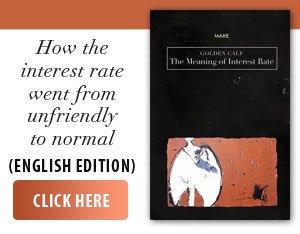An international team of researchers at CERN has taken a significant step towards understanding one of the greatest mysteries of the Universe - the disappearance of antimatter immediately after the Big Bang. In the LHCb experiment, physicists have observed an asymmetry in the decay of a fundamental particle - the "beauty” baryon - that provides new clues about how matter came to dominate the Universe.
• What was discovered?
In a study published in the journal Nature, researchers have detected a clear difference in behavior between the Lambda-b baryon (which contains a "beauty” or "bottom” quark) and its antiparticle. Although both have identical masses, they do not decay in the same way, a violation of the so-called CP (charge-conjugation parity) symmetry. This CP asymmetry is a key component in explaining why matter did not completely annihilate with antimatter after the Big Bang.
• Why is this discovery important?
It confirms a long-standing theoretical expectation: if in the 1960s such an asymmetry was discovered in mesons, it has now been observed for the first time in baryons, the particles that make up ordinary matter (such as protons and neutrons). The discovery has a statistical significance of five sigma, which means that the chance of it being a mere coincidence is less than 1 in 10 million. The result fits into the predictions of the Standard Model of particle physics, but it is not enough to fully explain the disappearance of antimatter. So there are still missing pieces in this cosmic puzzle.
Baryons are part of the family of particles that underlie matter, and their study allows us to understand the fundamental forces that govern the Universe at the subatomic scale.
According to current theories, the Big Bang would have produced equal amounts of matter and antimatter. They should have annihilated each other, leaving only energy behind. Yet the Universe is composed almost exclusively of matter, with no primordial antimatter. This observation from CERN provides evidence of the imbalance between the two, but the researchers say the level of asymmetry detected so far is not enough to explain the entire cosmic difference.
Professor Stephane Monteil, co-author of the study, stresses that we are only at the beginning of exploring these phenomena. Work at LHCb - which began in 2009 and has been ongoing for over a decade - will continue, with the hope that future experiments will reveal other sources of asymmetry.
This discovery does not completely solve the mystery of antimatter, but it adds a crucial piece to the cosmic puzzle. CERN proves once again that particle collisions can reveal fundamental truths about our origins - why matter exists and, by extension, why we exist.



















































